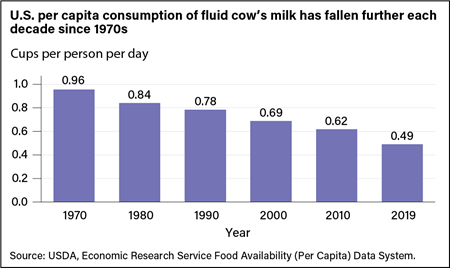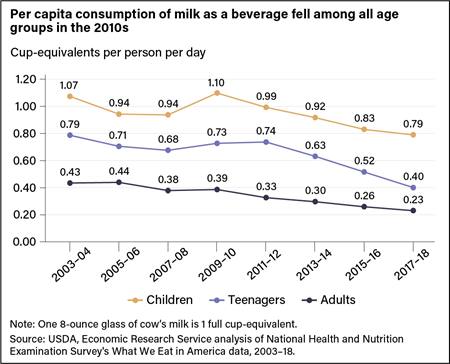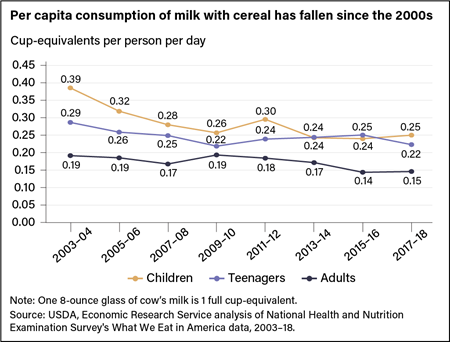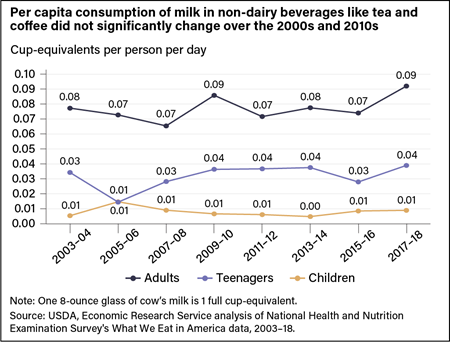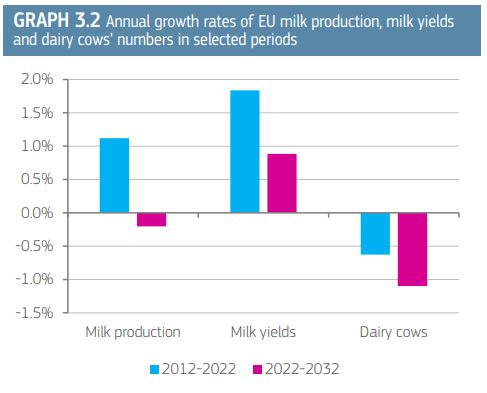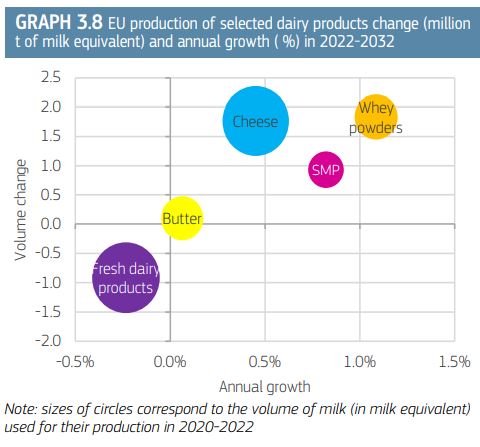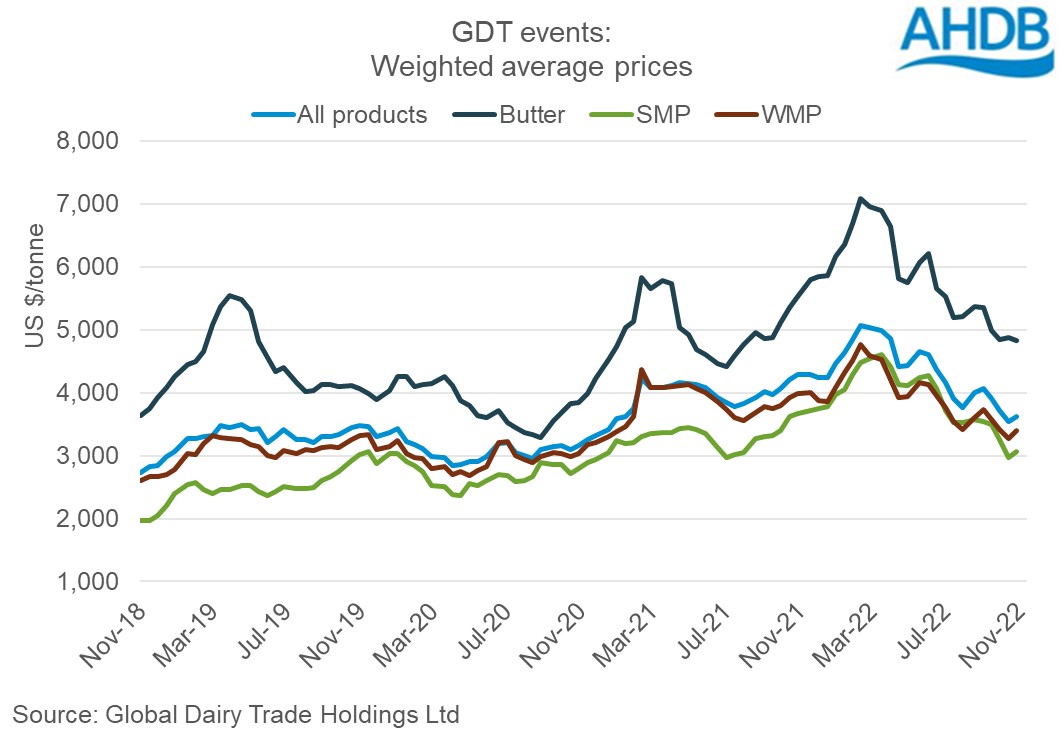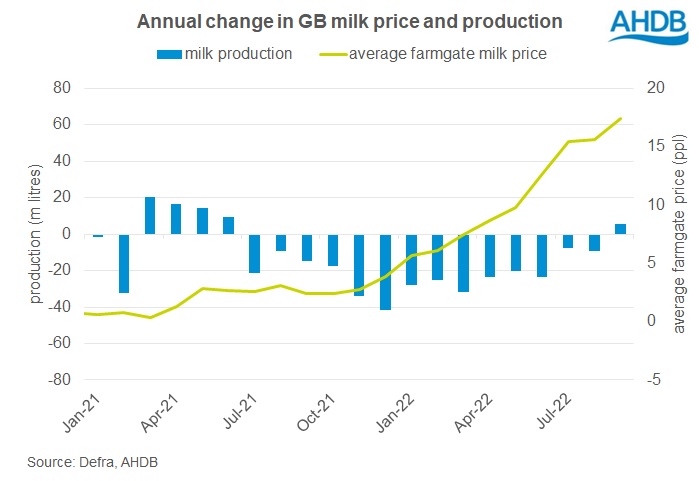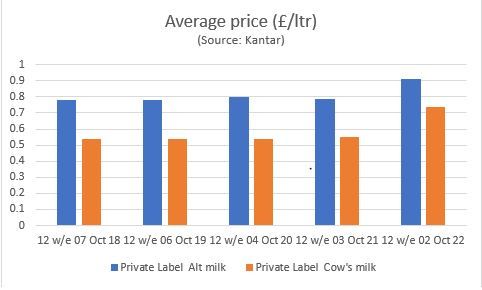The world, including New Zealand, is getting hotter, and as it does, weather patterns are changing.
The Earth’s temperature is rising at a rate that has never been seen before in its history, and New Zealand farmers must act now to avoid the worst effects.
At the NZ Institute of Primary Industry Management (NZIPIM) Climate Change Seminar for Rural Professionals in November, this was the message.
“Some people say that New Zealand doesn’t care about climate change, but that’s not true. It will have effects around the world and on us. Sinead Leahy, Principal Science Advisor at the New Zealand Agricultural Greenhouse Gas Research Centre (NZAGRC), said at the seminar, “It will cost us to mitigate, but it will cost us a lot more if we don’t.”
“There are still many different ideas about climate change, such as the idea that the climate isn’t getting warmer and we shouldn’t worry.
“However, it’s hard to argue against the data that shows temperatures have been rising since the 1950s and are rising at a rate that has never been seen before on Earth. “It is now clear that people are changing the climate, and everyone on Earth needs to be very worried about it,” Sinead said.
Phil Journeaux, an agriculture economist with AgFirst and a fellow presenter, said that as New Zealand’s climate changes, we might not be able to farm the same way we do now.
“A couple of degrees of warming might not seem like much, but it can have a big effect on pasture and crop growth, as well as on pests, diseases, and animal welfare. If it’s warmer than 25 degrees, ryegrass won’t grow.
“The climate of the upper North Island could change from subtropical to semi-monsoon, with rainy winters and hot, dry summers. In this case, Friesian, Hereford, and Angus cattle would have been gone for a long time.
“Farming will be very different, and we need to figure out water policies because irrigation will be important in many places.”
The all-day seminar brought together 25 rural professionals from all over the country to learn more about climate change, why agricultural greenhouse gas emissions are important in NZ, how they can be estimated within the farm system, and how they can be reduced on different farms. Since the middle of 2019, more than 670 people have gone to nearly 40 of these seminars.
The seminar tried to answer some of the questions about animal emissions, methane, and carbon sequestration that people who work in rural areas hear most often from farmers.
People often said that there have always been a lot of ruminant animals on Earth, which give off greenhouse gases.
“There have never been more ruminants in the world than there are right now. Phil said, “There used to be about 70 million bison in North America, but now there are more than 200 million cattle there.”
“There were no ruminant animals in New Zealand a few hundred years ago. Today, there are about 40 million people in New Zealand, and this kind of growth is happening all over the world.”
This map shows average temperatures and shows in black the places where it is too hot for people to live right now. Crossed-out black shows where it will be too hot for people to live by the year 2070. Some of the most populated parts of the world are in this category. “Future of the human climate niche,” by Xu et al., published in PNAS 2020.
Another point of view was that methane doesn’t matter or that methane and nitrous oxide don’t make a big difference and shouldn’t be the focus of any national plan to cut emissions.
Sinead said that even though methane (CH4) is a gas that doesn’t last long, it does matter if we want to stop global warming from getting worse.
“Methane can be a very important part of the solution to climate change. New Zealand is the first country in the world to admit that not all greenhouse gases are the same. New Zealand has different goals for different gases because different gases have different effects on how much the atmosphere warms.
The government has set long-term goals to reduce New Zealand’s greenhouse gas emissions. For example, by 2050, carbon dioxide and nitrous oxide, which are called “long-lived” gases, must be at net zero. By 2030, methane emissions will be 10% less than they were in 2017, and by 2050, they will be 24–47% less than they were in 2017.
But in the plans to reach the goal of keeping warming well below 2°C, carbon dioxide emissions do not play a role, while methane emissions do.
not need to go to zero. Methane comes from places like wetlands, garbage dumps, forest fires, farming, and the extraction of fossil fuels. In New Zealand, about 95% of all methane comes from animals that burp and fart. This kind of gas is called “enteric methane.”
The average dairy cow makes about 98 kg of methane a year, while the average beef cow makes about 61 kg, the average deer makes about 25 kg, and the average sheep makes about 13 kg.
Nitrous oxide is released into the air when naturally occurring microbes break down nitrogen that has been added to the soil through manure, urine, and fertiliser. In 2020, 11% of all greenhouse gas emissions in New Zealand came from nitrous oxide. Livestock urine and dung were the main sources of this gas.
Sinead said that New Zealand dairy farmers had become very good at increasing milksolids per cow by doing things like improving genetics and managing pastures.
“We do know that if farmers still farmed the same way as they did in 1990, our total agricultural emissions would have gone up by about 40% instead of 17%. Farmers have made a lot of changes that help their bottom line but have nothing to do with climate change. “Improving efficiency is still important for lowering total emissions,” she said.
Overall, New Zealand’s emissions are small, making up only 0.17 % of the world’s gross emissions (22nd among developed countries). But per person, we have the sixth most pollution in the world.
Sinead said that some people say it’s crazy to try to cut New Zealand’s emissions.
“They say that if we reduce production here by putting a price on greenhouse gas emissions from agriculture, other, less efficient producers will increase their production, and the total amount of greenhouse gas emissions around the world will go up. But things aren’t quite that easy.”
Many of NZ’s competitors produce the same amount of pollution per unit of product and have to meet national goals for reducing pollution. If they grow more crops, they must cut emissions in some other part of their economy. Even competitors in the developed world are limited in how much they can make. There are ways to keep making things and cut down on greenhouse gas emissions.
“We are a country that trades and makes more food than the 5 million people who live here need. We export almost all of the food we grow, so we have to make sure that our customers are happy. Big clients like McDonald’s, Nestle, Danone, and Tesco all have to follow rules about the environment.
Many of NZ’s customers will get a big chunk of their greenhouse gas emissions from the farmers they buy from, so it’s likely that they will give those farmers goals to meet to cut their emissions.
Phil said that some farmers asked why they couldn’t use the grass they grew to get carbon credits.
“As grass grows, it takes carbon dioxide out of the air, but when it’s cut and used, it puts carbon dioxide back into the air,” he said.
Trees do the same thing. But grass grows and is harvested in a matter of weeks, while trees may not be harvested for decades or even centuries. At the beginning and end of each year, grass stores the same amount of carbon. As a tree grows, the amount of carbon it has increases from year to year.
The seminar made it clear that New Zealand’s gross emissions are going up and why it’s important to take steps to cut them.
In 2020, New Zealand’s gross emissions were 78,778 kilotonnes of carbon dioxide equivalent (Mt CO2-e), which were made up of 44% carbon dioxide, 44% methane, 11% nitrous oxide, and 2% fluorinated gases. This means that emissions have gone up by 21% since 1990. (which is when international reporting obligations for greenhouse gas emissions began).
In 2020, enteric methane from ruminant animals made up 73.1% of New Zealand’s agricultural emissions. Nitrous oxide made up another 20% of agricultural emissions. Most of it came from nitrogen in animal urine and dung, but a smaller amount came from using synthetic fertilisers. In 2020, most of the rest of the emissions from agriculture came from methane (4.4% of the total) and carbon dioxide from fertiliser, lime, and dolomite.
See www.agmatters.nz for more information about the things that were talked about at this seminar.
Forecasts for New Zealand’s climate change
By 2100, many places will have more than 80 days a year with temperatures above 25C. This will have a big effect on how well ryegrass grows (it likes temperatures between 5 and 18C) and how well animals do.
During winter and spring, it is likely to rain more in the western parts of the North and South Islands and less in the eastern parts.
In the summer, it is likely to rain more in the east of both islands and less in the west and centre of the North Island.
All areas are likely to get more extreme rain, especially shorter, stronger storms.
Many parts of New Zealand are experiencing more droughts, and farmers in dry areas can expect up to 10% more drought days by 2040.






